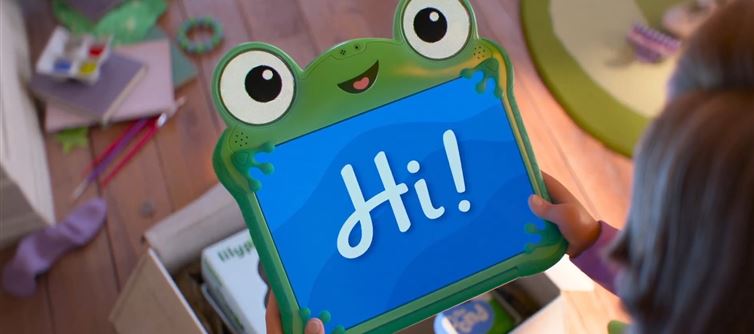
🎬 When Pixar Gets Real
If Pixar’s next Toy Story dares to make a child’s tablet the villain, it might just be the boldest — and most necessary — move in modern cinema. Because beneath the humor and nostalgia lies a terrifying truth: the greatest threat to childhood today doesn’t come from space invaders or broken toys. It comes from a glowing rectangle — small enough to fit in a backpack, powerful enough to swallow an entire childhood.
What was once a tool has become a babysitter, pacifier, and social crutch, rolled into one. And while parents breathe sighs of relief as their toddlers sit quietly before the screen, something darker is happening — imagination is dying, slowly, silently, pixel by pixel.
🧠 1. The Screen That Stole Childhood
Once upon a time, toys taught children to dream — to build castles, create stories, give life to inanimate objects. Today, the tablet tells them what to dream. Algorithms dictate curiosity. Autoplay replaces imagination. And the boundless world of make-believe has been traded for a curated feed of short-form dopamine hits.
The tragedy? Kids no longer get bored — and boredom is the birthplace of creativity.
Without it, there’s no spark, no self-made story, no discovery. Just endless swiping.
Childhood is being outsourced — to a touchscreen.
📚 2. When the Tablet Became the Teacher
parents once read bedtime stories. Now, they hand over the iPad.
Literacy, comprehension, and patience — all victims of the new attention economy. Kids raised on screens don’t read; they scroll. They don’t listen; they react. The rhythm of narrative, the joy of turning pages, the pause between words — all have been replaced by instant gratification and sensory overload.
The result? A generation that can navigate an app but not an emotion.
They can multitask, but they can’t focus. They can type fluently, but they struggle to think deeply.
We’ve given them every tool except the ability to sit with silence.
🗣️ 3. Social Skills: The First Casualty
Once, playgrounds were where friendships bloomed. Now, wallet PLATFORM' target='_blank' title='digital-Latest Updates, Photos, Videos are a click away, CLICK NOW'>digital avatars and filters mediate connection. Eye contact feels awkward. Conversations falter. And kids, trained to respond to notifications instead of emotions, find the real world unbearably slow.
The iPad doesn’t just occupy their hands — it rewires their social instincts.
It teaches instant validation, not empathy. Reaction, not reflection.
The irony? We gave them connectivity — and made them lonelier than ever.
🧩 4. The parents Who Traded Peace for Pixels
It’s easy to blame tech — harder to admit that the iPad became a parenting shortcut. After all, screens never cry, never complain, never tire. They promise quiet dinners, uninterrupted meetings, and peaceful homes. But that peace comes at a price — one that will echo for decades.
We are raising a generation that knows how to entertain themselves — but not how to be themselves.
The iPad isn’t the villain. It’s the mirror. And it reflects our convenience-driven complacency.
🔥 5. Toy Story’s Darkest Lesson Yet
If Pixar truly commits to making a tablet the antagonist, it could be the cultural wake-up call we’ve all avoided. Imagine Woody and Buzz realizing they’ve been replaced not by a shinier toy — but by something that doesn’t need imagination at all.
That moment, if done right, could shatter hearts and spark conversations in living rooms around the world. Because this time, it’s not about nostalgia. It’s about survival — the survival of wonder, of storytelling, of childhood itself.
💔 Final Word: We Let the Glow Win
The most chilling image of modern childhood isn’t a monster under the bed.
It’s a child, bathed in blue light, silent, still — while their toys gather dust.
If Toy Story 5 dares to make us confront that truth, it won’t just be another sequel. It’ll be a mirror held up to a generation — and a plea to every parent:
Take back your child before the screen finishes the story.




 click and follow Indiaherald WhatsApp channel
click and follow Indiaherald WhatsApp channel